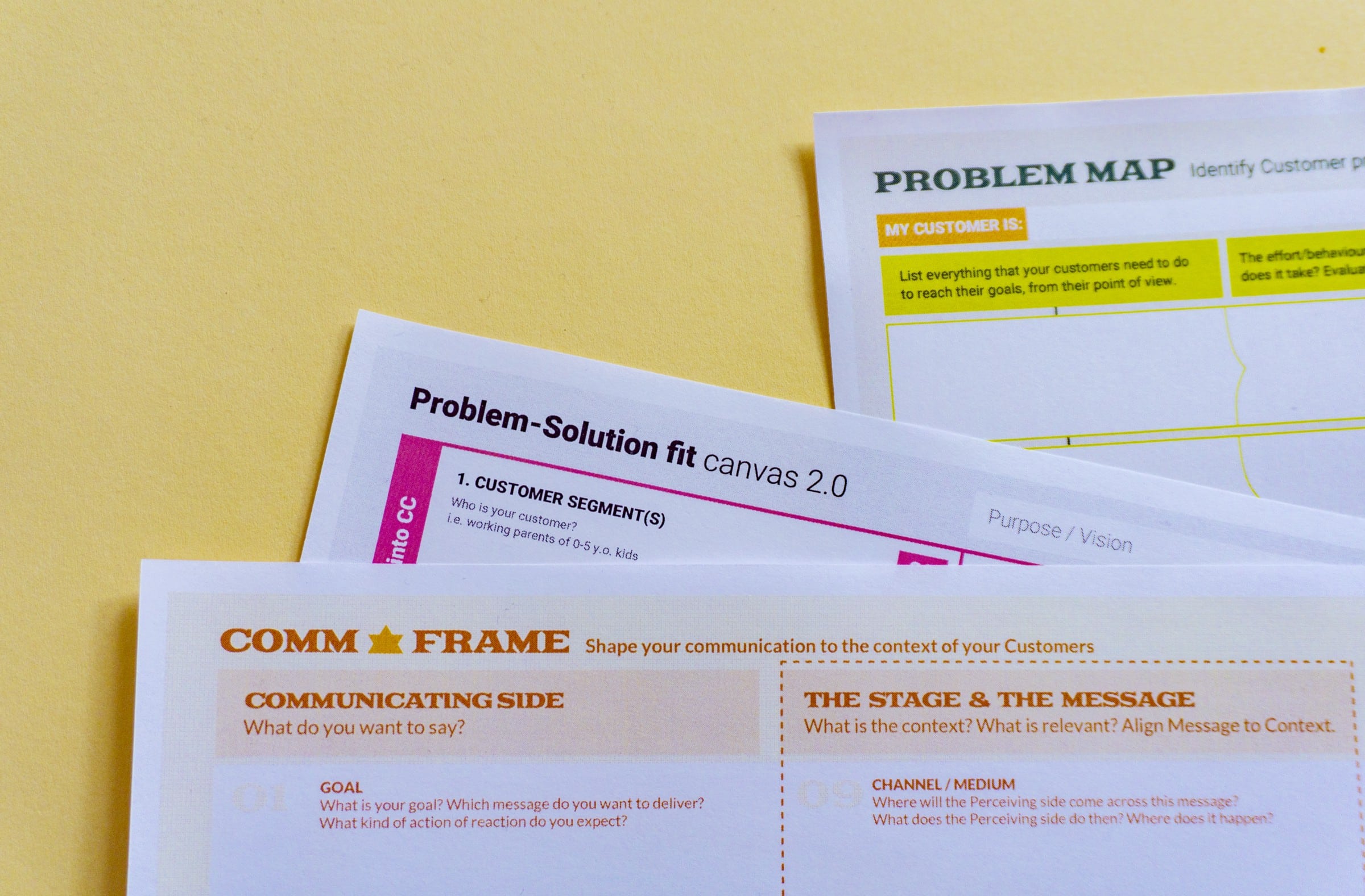Great!
In this article, I’ll provide you with 7 steps that will guide you right from developing your business idea to actualizing it.
So, how do you start your own business from nothing in 2022?
Step 1: Decide What Type of Business to Start
While this might seem quite obvious, more so, if you’ve already made up your mind, we don’t want to forget about the many of us who want to start a business but haven’t decided what it is yet.
There are several types of business models to base your enterprise on, so be sure to evaluate your life well enough to find one that suits you.
Let me mention and briefly explain some of the common business models.
Bricks and clicks: In this business model, you give your customers both a physical and online channel to do their shopping.
Walmart is a good example here since it has physical stores worldwide as well as a website where shoppers can check for products, buy various items, and so on.
Value-added reseller (VAR): As the name suggests, this business resells products after adding value to them. It’s common in the information technology industry, so this model is worth considering if you have a background in the field.
Computer retailers and service companies, automobile dealerships, and furniture stores are examples of VARs.

Photo by Alex Motoc on Unsplash
Franchise: This business model allows you to acquire a ready-made business with a consolidated brand and know-how already tested. Virtually, you buy a brand and all the processes.
An example would be opening your own McDonald’s but doing everything the fast-food company does.
Sourcing: It’s a business model that seeks to form relationships with suppliers to fulfil production and customer service.
Freemium: In this business model, you create a product and offer its basic or limited features to users at no cost.
You then charge a premium for supplemental or advanced features. An excellent example of a freemium product is Dropbox, a popular cloud storage platform that offers a free plan for up to 2GB of space for backups and simple file sharing.
Subscription: This business model entails selling a product or service to receive monthly or yearly recurring subscription revenue.
As such, you get to retain customers instead of focusing on acquiring them. Examples include Netflix, Spotify, and Zipcar.
Direct sales: Here, you or your business’s employees demonstrate and sell your products directly to the end consumer.
Moving forward, figuring out what you want to start is essential since you can’t move forward if you haven’t decided yet.
Personally, I always have tons of ideas in my head, but ultimately, I have to narrow them down to the single business I want so that I can start making progress.
See, when you have many ideas in mind, you’ll undoubtedly be a non-starter, and even if you get started, there are high chances of failure because of the overwhelm, which is something we don’t want, do we?
So, choose one idea for you to work on, at least for the moment.
Step 2: Find a Niche

Photo by Glen Carrie on Unsplash
So, you’ve decided on a general business idea, say an e-commerce store, what will you sell?
To answer this question, you need to think about the target, which is essentially a market segment that is filled with people that you genuinely care about.
What do I mean?
Let’s say you love photography, your friends love it too, you hang out with photographers, and basically, everything you love or understand has to do with photography.
In this case, it’ll be easier for you to create a photography store where you can stock cameras, lenses, filming accessories, etc.
And here is the thing about having a passion for your business I need to mention.
Passion will keep you focused on your business even when you feel like things aren’t working out. You’ll push on since you are doing business out of love and not the returns, but these will undoubtedly come down the line if you keep at it.
Step 3: Come Up with an Avatar
After identifying your business niche, the next thing you want to do is to create a business avatar.
An avatar is defined as an icon or figure representing a particular person, and your business needs it too.
Creating one will give your “ideal” client more on your identity while helping you better determine who you are marketing to.
When you create an avatar, you need to think about how you can best provide your target customers with information about your product and/or service.
Step 4: Come Up with a Business Name

Photo by Austin Kirk on Unsplash
Have you already decided on the type of business you want to start and the niche of customers you want to target?
Next, create a list of names you want for your business and then decide on one.
With that done, search all online platforms to ensure that no one else is using that name.
It means searching Google, the US Patent and Trademark website if you are in the US, and social media platforms such as Facebook.
Ultimately, you want to ensure that the name you are considering for your business is available so you can claim it and use it.
If you are thinking of forming an LLC or corporation or something else down the line, be sure to register your name legally so you can reserve it and avoid any legal issues.
Step 5: Write a (Simple) Business Plan

Photo by Daria Nepriakhina on Unsplash
Easy guys, easy!
Don’t worry; your business plan doesn’t need to be 20–50 pages long and full of technical business language, graphs, charts, and whatnot.
In case you didn’t know, you can write a super short, super simple business plan within an hour with the so-called lean canvas developed by business model expert Ash Maurya.
A lean canvas is a 1-page business plan that comprises nine sections, with each part of the plan containing high-value information and metrics to attract investors.
This lean business plan often has the following information listed:
- Problem
- Solution
- Key metrics
- Unique proposition
- Unfair advantage
- Channels
- Customer targets
- Cost structures
- Revenue streams
Compared to the traditional business plan, the Lean canvas offers a more straightforward approach, focusing on solving one problem at a time.
Better yet, it can be used even when you’re starting from scratch and helps you brainstorm solutions.
It’s an excellent way to start if you want to identify a problem first and derive your product/service from there.
Step 6: Validate Your Business Idea / Minimum Viable Product (MVP)
Heard about the “lean startup” idea? If you haven’t, let me share that with you now.
A lean startup is a new approach to developing businesses and products that aims to shorten product development cycles and rapidly discover if a proposed business model is viable.
It’s way less risky, especially for a new investor like yourself, since it favors experimentation over elaborate planning, customer feedback over intuition, and iterative design over traditional “big design up front” development.
Adopting the lean startup strategy allows you to create a minimum viable product (MVP), which is essentially a version of your planned product with just enough features to be usable by early customers who can then provide feedback for future product development.
Once your MVP is ready, actually test it to know how to proceed.
All said, what I want you to take away from all this is, as you start your business in 2022, you need to validate your idea first.
Do some market research. What does your target market want and need? What do they say of existing products?
The insights you’ll gain can help you validate your idea beforehand, keeping you from wasting time and effort working on something that won’t sell.
Step 7: Do a Beta Launch of Your Product

Photo by Patrick Tomasso on Unsplash
Once your MPV is validated, you may actually take the initiative to create a few products and avail them in the market to gather feedback.
The idea is to use as little time and effort as possible to create a few test products for your customers.
After they use them and provide their feedback, you can tweak your products accordingly and launch the final product in bulk.
This way, you get to launch something that sells and actually serves your customers’ needs.
Step 8 and the Final One: Set Up the Channel and Get Visible
What this means is creating a website for your business.
You don’t need an overly complex website; remember — It is as good as done, so you can pretty much DIY it on Shopify, Wix, or WordPress.
Once your site is up and running, you want to work on its visibility.
And since you are bootstrapping — starting a company with little capital or relying only on personal finances — it means revving up your business’s exposure without spending on advertising.
Some of the strategies you can use to enhance your visibility include collaboration with brands and influencers with an audience for free, organic reach via your business social media accounts, and so on.
Final Thought
So, is this literally everything that goes into starting your own business from nothing in 2022?
Let me answer that for you.
Absolutely NOT.
Of course, there are other complicated issues, think choosing the right business bank, actually setting up your company’s bank accounts, registering with, say, the IRS, and purchasing an insurance policy.
But do not worry just yet.
You’ll only get to the complicated aspects after completing the steps listed in this article.
Keep in mind; you don’t need much money to start your entrepreneurship journey. In fact, business ideas such as blogging, personal trainer, virtual assistant, etc., literally require no capital, just your desire.
I hope you got some valuable pointers from this article. If you want to learn more about how to reclaim your emotional, spiritual and financial sovereignty, be sure to check out my pages / YouTube channel.

Recent Comments